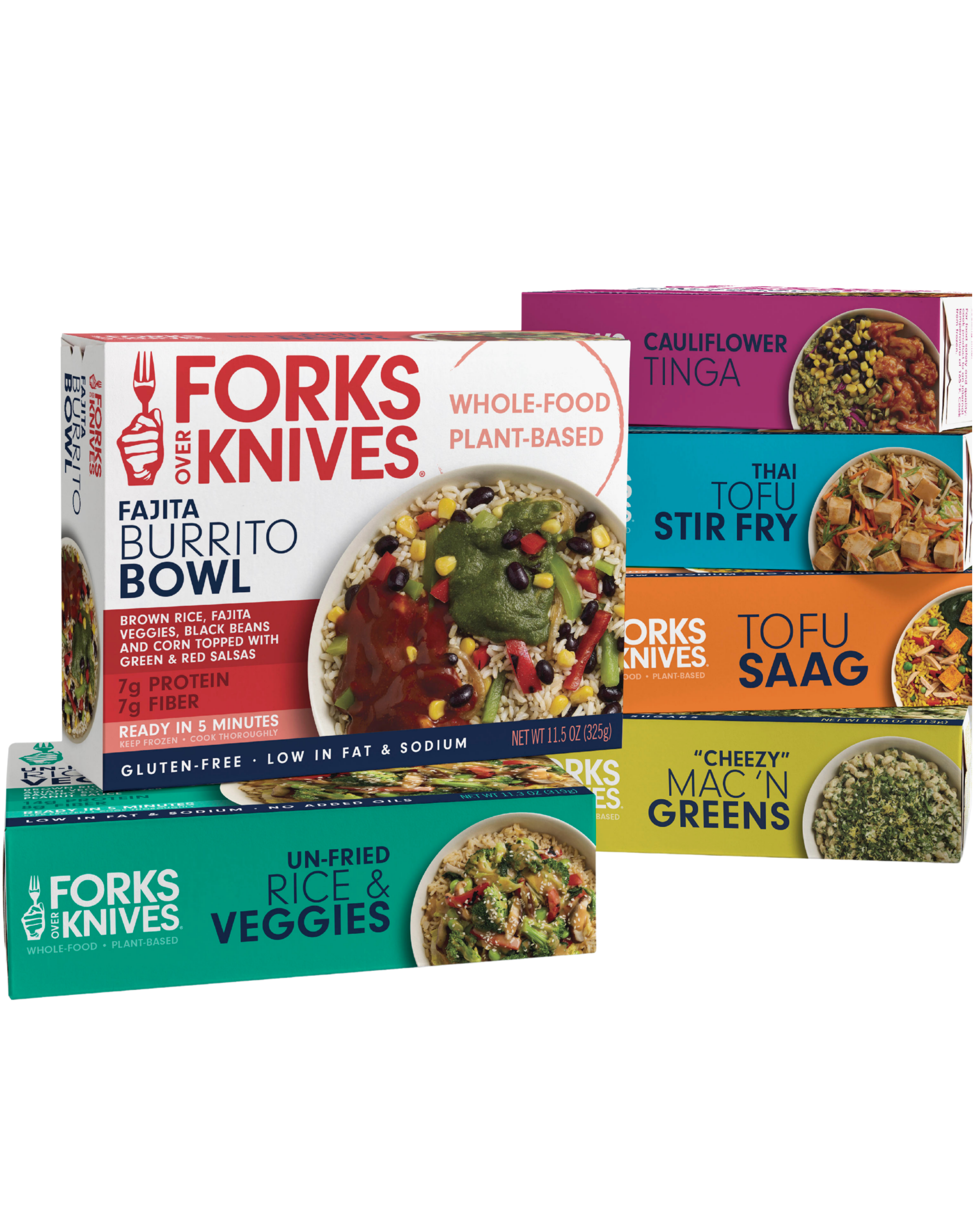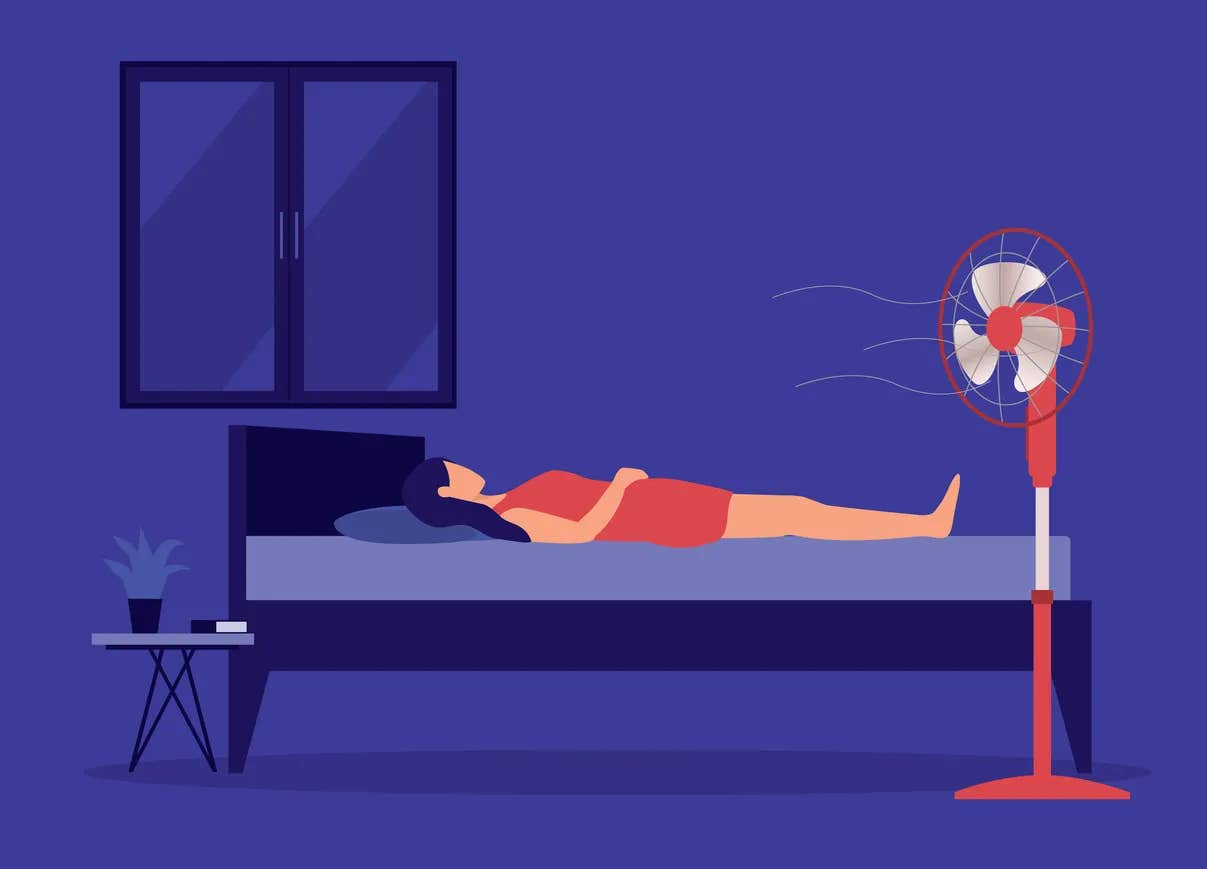Almost 10 percent of Americans have diabetes and that number is growing. Unfortunately, the myths surrounding diabetes are as widespread as the disorder itself. Here we debunk the most common diabetes myths.
For the past 50 years, people diagnosed with all forms of diabetes have been advised to eat low-carb diets high in fat and protein, and to avoid eating high-carbohydrate foods like fruits, potatoes, squash, corn, beans, lentils, and whole grains.
Despite this popular opinion, more than 85 years of scientific research clearly demonstrates that a low-fat, plant-based whole foods diet is the single most effective dietary approach for managing type 1 and type 2 diabetes. This means that a low-fat diet—not a low-carb diet—has been shown across the board to minimize oral medication and insulin use, stabilize blood glucose, and dramatically reduce long-term disease risk in people with diabetes.
Myth #1: You Develop Type 2 Diabetes From Eating Too Much Sugar
Eating sweets is not a direct cause of type 2 diabetes. People develop type 2 diabetes over time by slowly developing a resistance to insulin, the hormone that escorts glucose out of your blood and into tissues like your muscle and liver. I like to think of type 2 diabetes as a very advanced form of insulin resistance in which glucose remains trapped in your blood because your body cannot use insulin properly. In this way, elevated blood glucose is a symptom of diabetes, and NOT the root cause.
The real cause of insulin resistance is dietary fat. We discussed it at length in this article. People with both type 1 and type 2 diabetes are told to eat foods that are low in carbohydrates and high in fat and protein simply because they don’t create an immediate need for insulin. But in the hours and days after a meal high in fat and protein, your insulin needs increase significantly, because both fat and protein make insulin less powerful over time.
Think of it this way: Imagine the cells in your bodies are all locked behind closed doors. Insulin is the key that unlocks the doors to allow glucose to enter (and fuel) your body’s tissues. Fat gums up the locks so that insulin can’t do its job—leaving glucose outside in the bloodstream, knocking at the door. The problem isn’t the glucose, but the fat preventing insulin from bringing glucose into the body's cells.
Myth #2: Fruits and Starchy Vegetables Will Spike Your Blood Glucose
This is both true and false. Many people with diabetes have experienced a high blood glucose immediately after eating fruits or starchy vegetables. In this situation it’s easy to blame carbohydrates, because it’s the most logical culprit.
The truth is that your blood glucose spikes not because of the carbohydrate, but because the quantity of fat in your diet was high to begin with. The more fat there is in the diet, the harder it is for insulin to get glucose into your cells and out of your bloodstream. Considerable scientific evidence shows that eating a medium-fat or high-fat diet causes large blood glucose swings after eating foods containing carbohydrates (1-17). (We categorize a medium-fat diet as one with greater than 30 grams of fat per day and a high-fat diet as one with greater than 60 grams of fat per day.On average, Americans eat over 70 grams of fat per day.)
People who adopt a truly low-fat diet (less than 30 grams of fat per day) are able to eat significantly more carbohydrate without blood glucose spikes, because the amount of fat in their muscles, liver, and blood is very low. By adopting a truly low-fat, plant-based whole foods diet, your insulin sensitivity will increase considerably since you will gain the ability to metabolize carbohydrates.
So the next time your blood glucose is running abnormally high and you’re inclined to blame the fruits or starchy vegetables, ask yourself a simple question: how much fat have I been eating over the past 24-72 hours? If your fat intake was medium or high, then you are likely pointing your finger at the the wrong culprit.
Myth #3: Fruits and Starchy Vegetables are all “Just Sugar” and Should Be Avoided
The confusion starts with the word sugar.
Most people use the term sugar to refer to compounds found in fruits and starchy vegetables as well as man-made sweeteners found in packaged and processed foods. To differentiate between the two, I use the words refined sugar for man-made sweeteners, and natural sugar for fruits and starchy vegetables.
Fruits and starchy root vegetables that contain natural sugar are nutritional powerhouses and should be eaten more of, not less. This is because they come prepackaged with five classes of micronutrients, including water, antioxidants, vitamins, fiber and minerals (WAV-FM). These micronutrients act as behind-the-scenes cast members that affect how we digest, process and use the nutrients we eat.
In the same way that blueprints are the instruction manual for building a house, micronutrients are instructions that actually dictate how carbohydrates, fat and protein are digested, absorbed, transported, uptaken and burned for energy. These micronutrients relay critically important messages such as:
Uptake this.
Don’t uptake this.
Read this sequence of DNA.
Express this gene.
Make this protein.
Release this hormone.
Store this fuel.
Stop this process.
Start this process.
Degrade this protein.
Burn this molecule.
Foods containing refined sugars like sucrose, dextrose, high fructose corn syrup and maltodextrin have only a fraction of the micronutrients as fruits and vegetables, and are processed extremely quickly because they are also low in fiber content. As a result, refined sugars spike blood glucose while natural sugars keep blood glucose in the normal range.
Without these WAV-FM instructions, your digestive system has a difficult time understanding how to metabolize carbohydrate, fat and protein properly, and this can result in large swings in blood glucose. This is also true of many refined and processed carbohydrates like white bread and most breakfast cereals.
Take a look at the table below to understand what foods contain natural sugars and which foods contain refined sugar. This is a very important distinction that simply cannot be overlooked!
Related News
Get Our Best Price On The Forks Meal Planner

Forks Meal Planner takes the guess work out of making nutritious meals the whole family will enjoy.
Master Plant-Based Cooking!

Our new course features over 100 lessons, 50+ recipes, downloadable guides, and more!
New Frozen Meals!

Introducing our new frozen meals: Doctor-recommended, chef-crafted, & ready in minutes.



